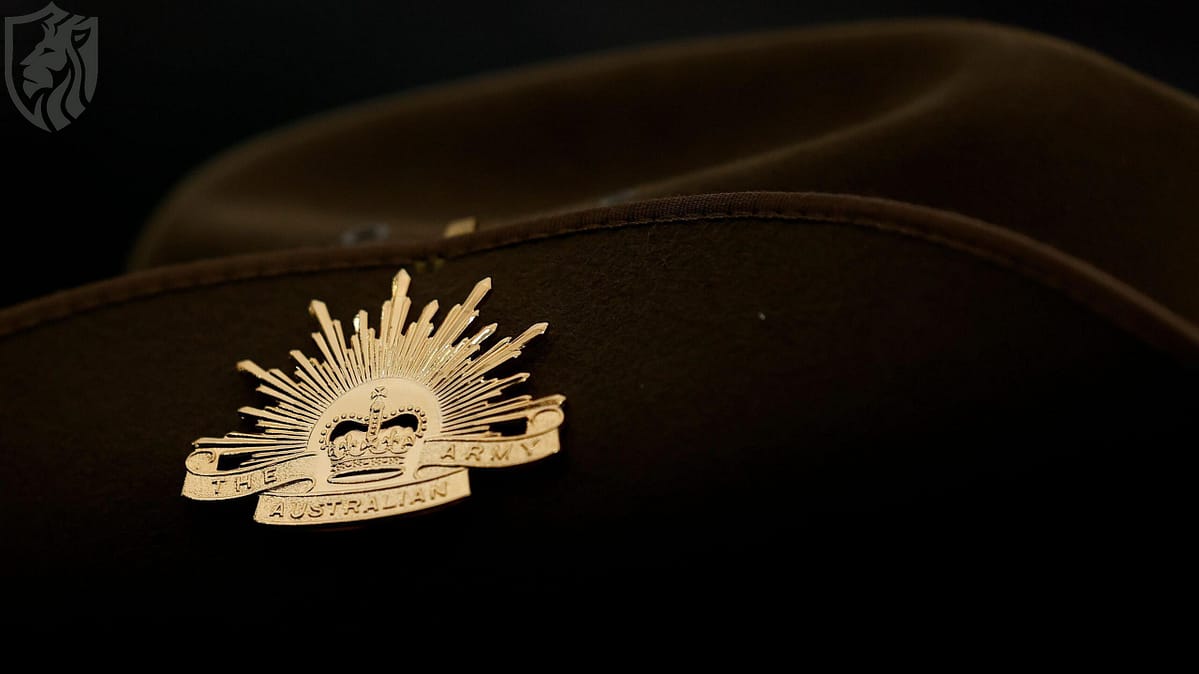
Australian servicewomen's sex abuse case against military
Why this case matters now
Four former members have filed a landmark class action against the Australian Defence Force (ADF), alleging sexual abuse, harassment, and discrimination during service. Their filing in the Federal Court positions this as a system-level test of culture, leadership, and accountability rather than isolated misconduct. Lawyers expect thousands of women who served between 12 November 2003 and 25 May 2025 to be eligible to join.
Although the allegations span units and years, the case converges on one theme: women say they faced persistent hostility, reprisals for reporting, and inadequate protection from superiors. Several accounts describe groping, coercion, and assaults at work, on deployment, or after unit functions.
The facts driving the class action
Law firm JGA Saddler has lodged the suit, which stems from years of incident reports and enquiries that have documented widespread harm. The 2024 Royal Commission into Defence and Veteran Suicide recorded about 800 reports of sexual assault in the ADF between 2019 and 2024 while also noting an estimated 60% underreporting rate—meaning the true scale may be far larger.
Funding arrangements typical of major litigation are in play; reporting indicates Omni Bridgeway is backing the action. While funding does not determine outcomes, it signals an expectation that many more claimants could emerge over time.
What the ADF says—and what alterations are promised
Official responses have stressed that there is “no place for sexual violence or misconduct in defence” and that a sexual-misconduct prevention strategy is being developed. Senior leaders have publicly acknowledged the need for additional work, and government statements prioritise the implementation of the Royal Commission’s recommendations. The institutional message is clear: policy is shifting; accountability mechanisms should follow.

However, survivors and advocates argue that policy commitments must translate into lived safety. They point to historic patterns of internal handling, variable investigations, and the risks of reprisals when complainants challenge their chain of command. The Australian servicewomen’s sexual abuse case against military institutions will test the implementation of the promised reforms across training schools, units, and deployments.
Culture, command, and risk: why defense experts are watching
For defence professionals, the stakes extend beyond litigation. Cohesion, readiness, and retention suffer when members feel unsafe or unheard. The Royal Commission linked sexual misconduct to mental-health harm and suicidality; it also urged Defence to publish disaggregated, service-level data annually and adopt best-practice responses. The result should be measurable improvements—clear reporting pathways, survivor-centred care, and a command climate that deters abuse.
Moreover, modern forces depend on diverse talent pipelines. When women face systemic barriers or fear retaliation, the force loses critical skills and experience. Therefore, leaders, Parliament, and industry partners will scrutinise how the ADF hardwires prevention, data transparency, and independent oversight. The Australian servicewomen’s sex abuse case against military leadership will, in effect, benchmark whether culture change takes root.

What comes next in court
Big class actions move step by step: certify, discover, and then settle or go to trial. Because eligibility spans 2003 to 2025, evidence will be wide and messy. It may include files, complaints, training logs, and past directives. Reporters expect many women to register across services and postings. So the case will test patterns, not one shocking incident.
If judges still see problems, money is only part of justice. They may order outside audits, clearer reporting, and independent oversight. Those steps often appear in institutional abuse settlements. Talks can still deliver change, even without a courtroom win. Watch the outcomes that matter: safer workplaces and faster, fairer justice.
How to read the signals—data, policy, and accountability
Defence readers should follow three indicators: First, publication of granular, annual sexual-misconduct statistics across each service would show whether incidents and response times are improving. Second, survivor-care metrics—access to independent reporting, time to decision, and protections against reprisals—should trend better. Third, promotion and command-climate surveys should reflect rising trust and bystander intervention rates. Without these, the Australian servicewomen’s sexual abuse case against military practices risks becoming another headline rather than a catalyst for durable reform.
References
- https://defenceveteransuicide.royalcommission.gov.au/publications/final-report
- https://www.abc.net.au/news/2025-10-25/class-action-targets-sexual-violence-in-defence/105932520
- https://www.news.com.au/technology/innovation/military/pinned-against-the-wall-female-soldiers-allege-widespread-sexual-violence-in-adf-class-action/news-story/4407bdfbeac8f8ca661a5058a720ef7b
- https://www.theaustralian.com.au/nation/defence/class-action-widespread-systemic-sexual-violence-alleged-in-adf/news-story/1fccb4aa8dcb6ddde7f8449eb908c270







